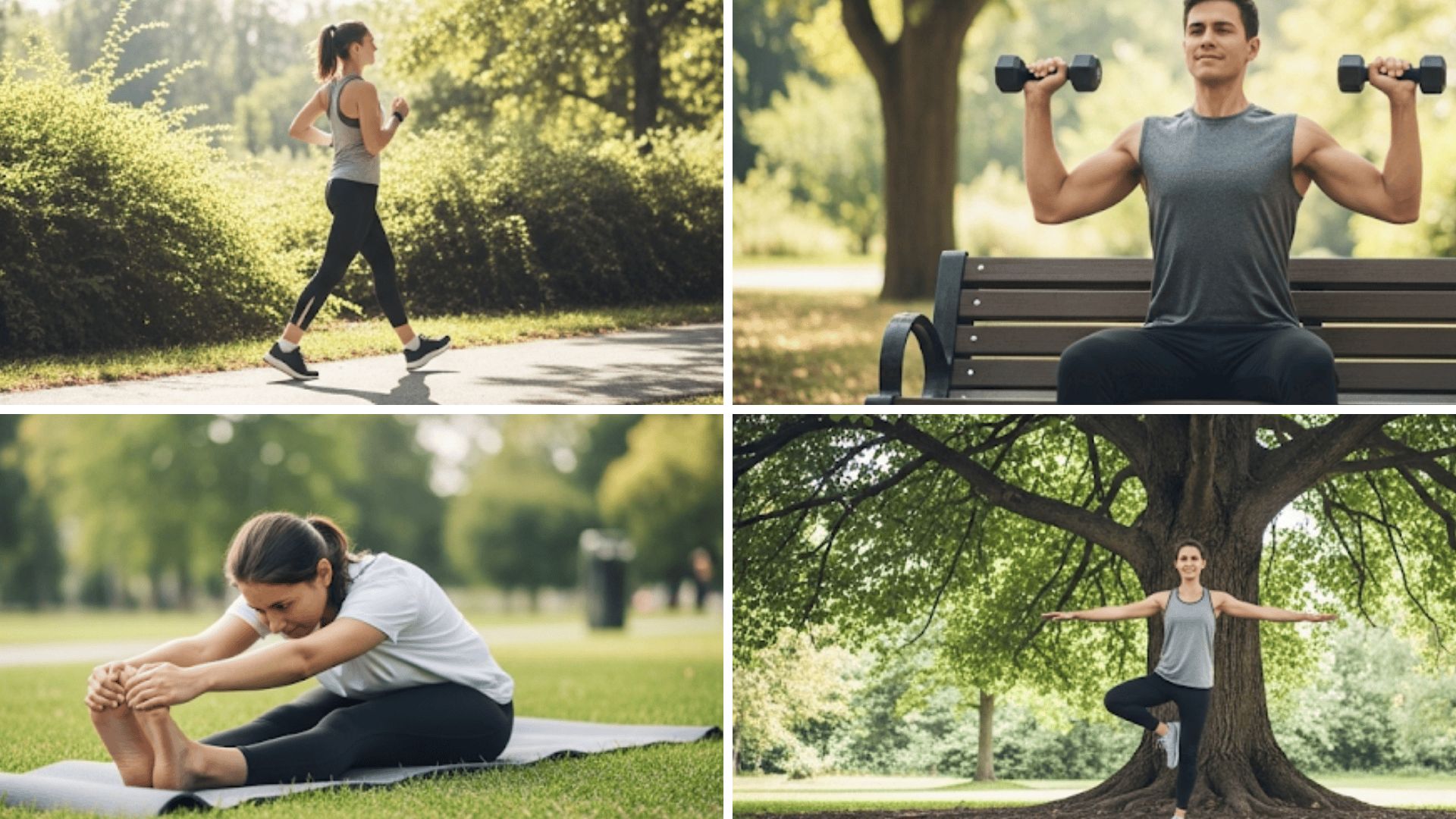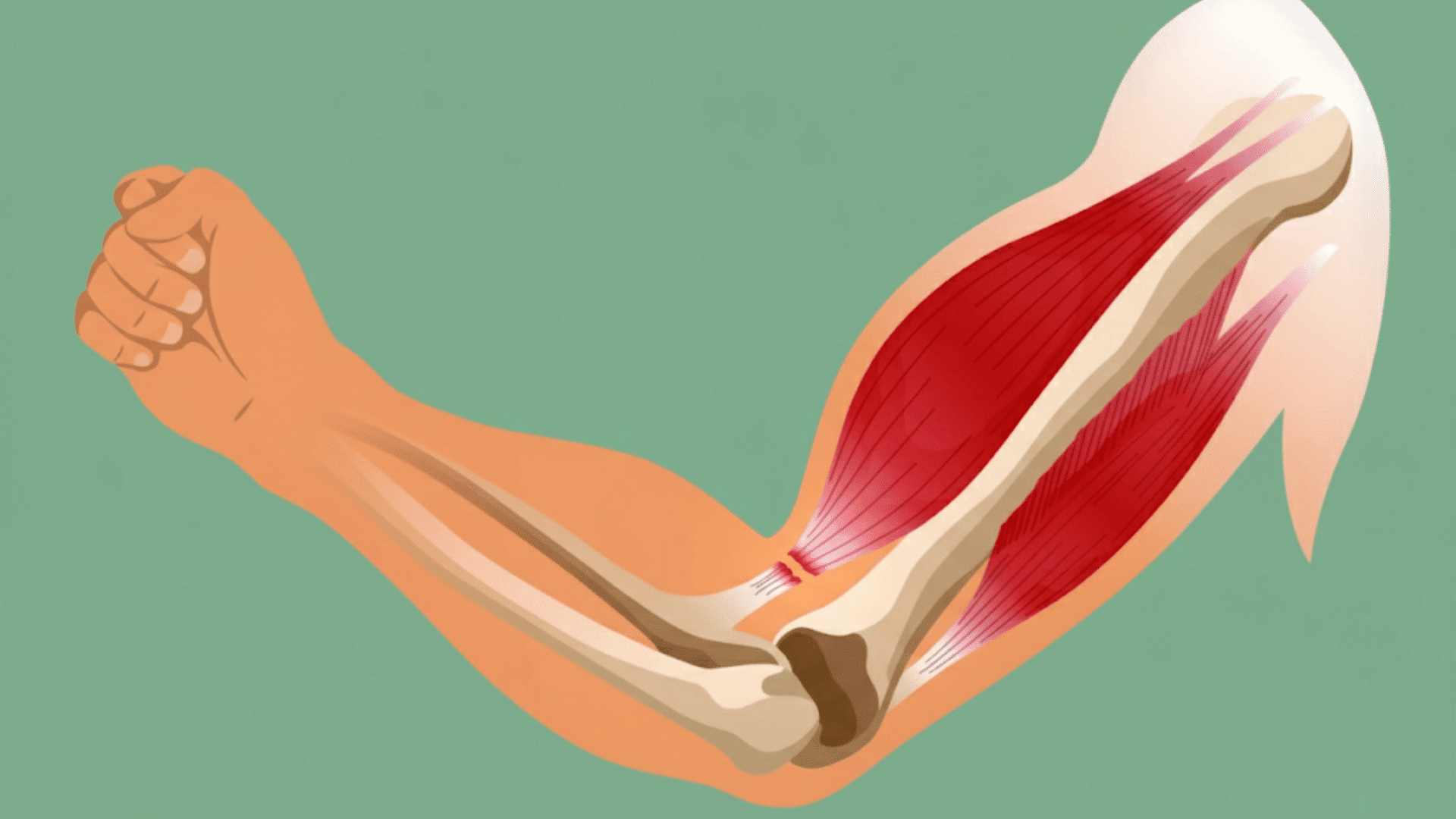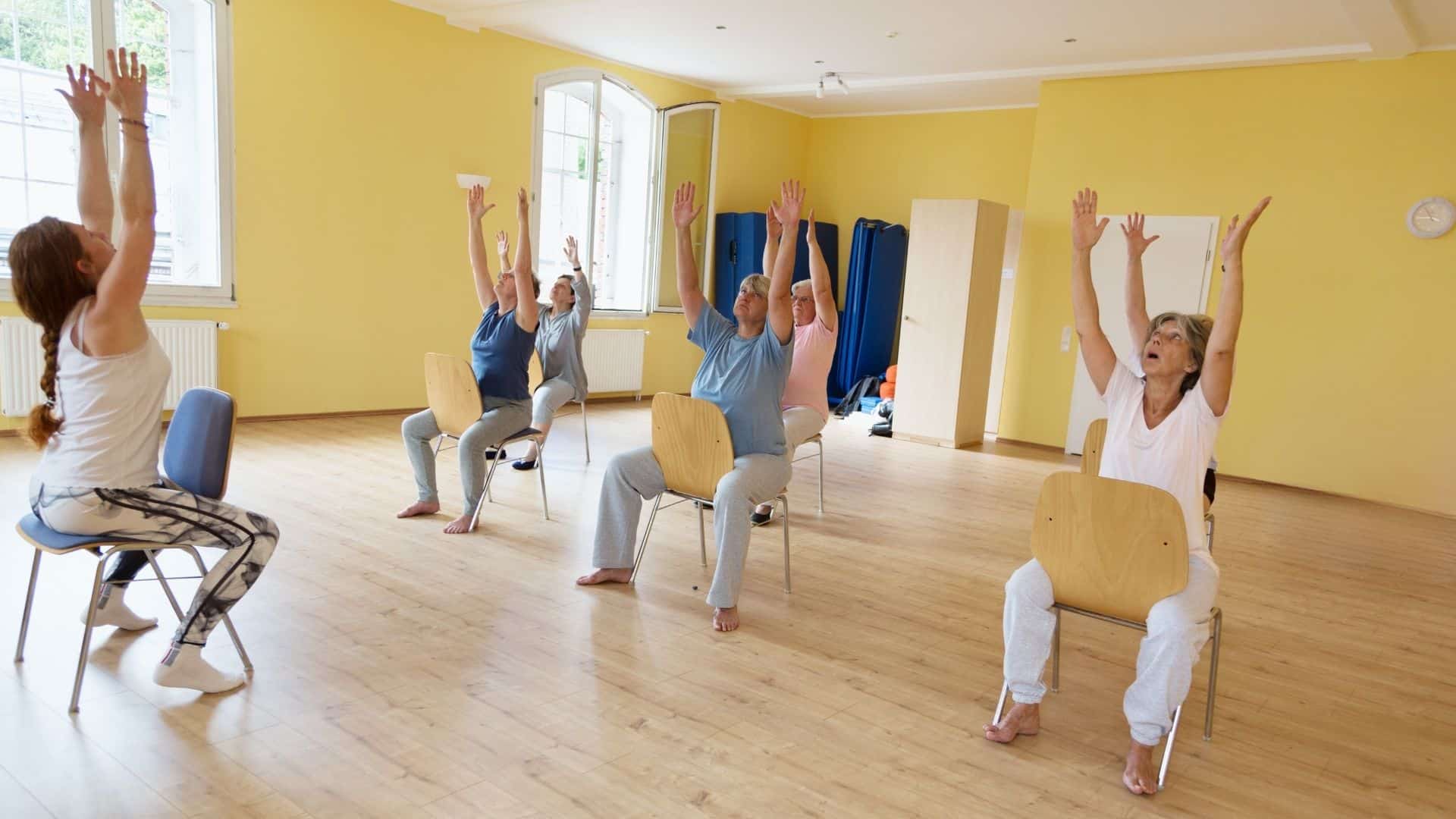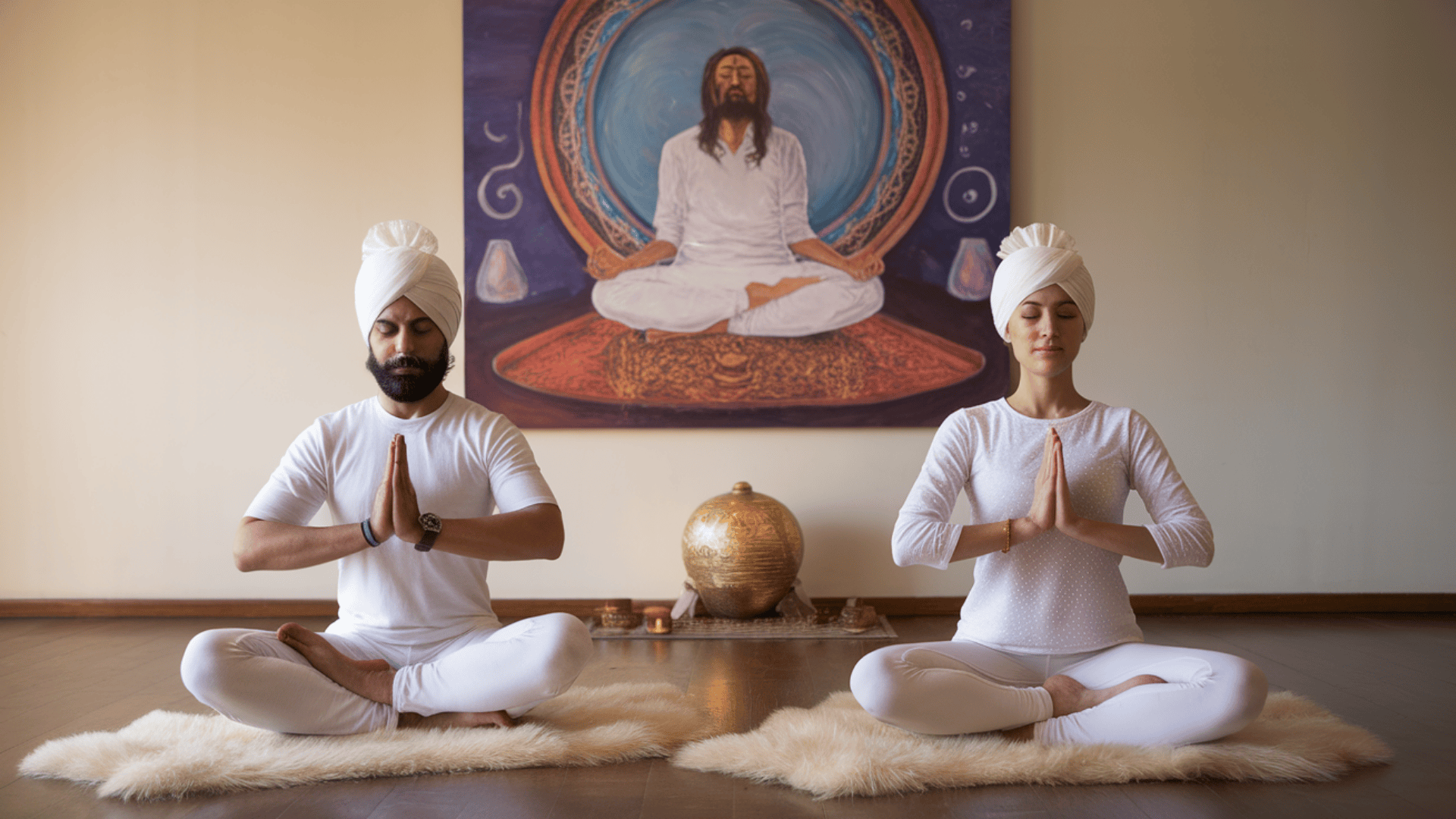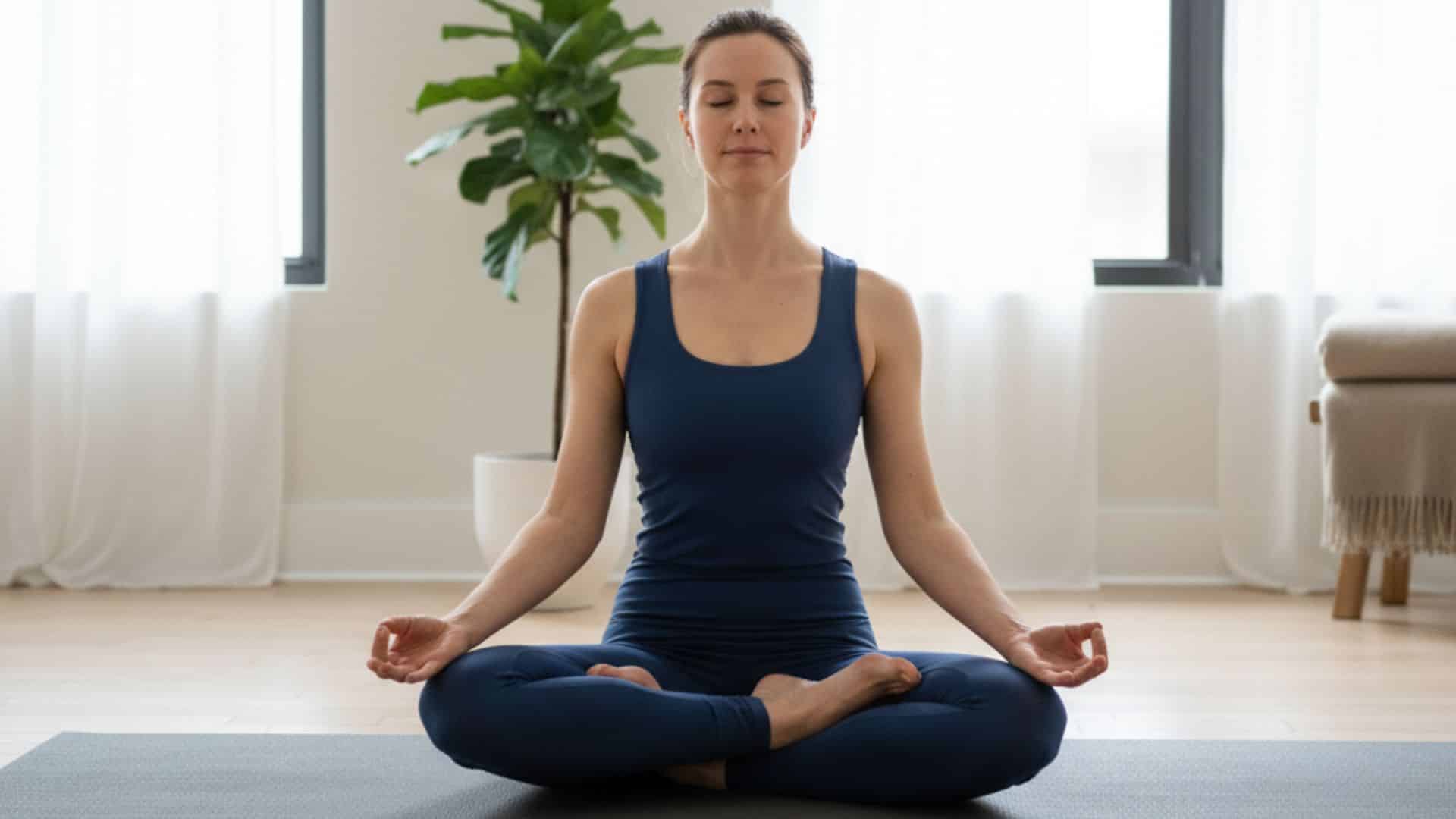Have you ever wondered why physical fitness cannot be checked off like a finished task?
The answer lies in the continuous nature of physical fitness, which makes progress an ongoing process.
The body constantly responds to your actions, building strength, endurance, and flexibility when effort is consistent, and losing those gains when activity stops.
Many people recognize this cycle after taking a break and noticing how quickly performance changes. The encouraging part is that progress does not require perfection.
With steady attention, even small steps maintain momentum. By understanding the continuous nature of physical fitness, it becomes easier to see how activity weaves into daily life and supports lasting well-being.
What Does Continuity Mean in Physical Fitness?
To describe the continuous nature of the physical fitness concept, it is best understood as an ongoing process rather than a single achievement.
Fitness develops with regular activity and can decline when routines are interrupted, as the body adapts to its current habits.
Because these changes occur gradually, maintaining fitness requires consistent attention; it can diminish when neglected but improve when supported through practice.
Everyday movement, such as walking, contributes to health, while structured exercise performed consistently is what leads to more lasting progress.
Ultimately, the continuous nature of physical fitness underscores the notion that activity is an integral part of daily living, not a one-time endeavor.
The Scientific Basis of Fitness Continuity
The continuous nature of the physical fitness concept comes from the way the body adapts to regular activity.
Through consistent exercise, the muscles, heart, and lungs adapt and improve, enabling the body to perform tasks more efficiently over time. This process is shaped by several key scientific principles:
1. Adaptation: The body becomes stronger, more efficient, and better equipped to handle physical demands with regular exercise.
2. Specificity: Improvement occurs in the areas that are trained most. For example, frequent running enhances cardiovascular fitness, while weight training develops strength.
3. Progression: Ongoing gains require gradually increasing the challenge, such as adding resistance or extending workout duration.
4. Reversibility: Fitness decreases when activity stops; strength, endurance, and flexibility can all decline without continued effort.
These principles influence core components of fitness, including endurance, strength, flexibility, and body composition.
The Components of Physical Fitness
Physical fitness includes both health-related and skill-related elements. Each supports overall well-being and requires steady effort to maintain.
Health-related components include cardiovascular endurance, muscular strength, muscular endurance, flexibility, and body composition. Together, these shape heart health, mobility, and the body’s balance between fat and lean mass.
Skill-related components focus on performance abilities. Balance, agility, coordination, speed, and reaction time all help with movement efficiency, daily tasks, and athletic activities.
These components are never fixed. They improve with regular training and decline when neglected, showing the continuous nature of physical fitness.
Building Fitness Through Weekly Core Pillars
Fitness is best maintained with a steady mix of activities each week. The aim is to cover all the essentials while adjusting details to your own needs. You do not need intense training every day; what matters is consistent effort across the main fitness pillars.
1. Aerobic endurance: A good goal is about 150 minutes of moderate activity, such as brisk walking or cycling, or 75 minutes of vigorous exercise per week. The talk test helps guide intensity since you should be able to speak but not sing during the activity.
2. Strength: At least two sessions each week that involve all major muscle groups are recommended. Performing a few sets of eight to twelve repetitions with rest between sessions is effective for building and maintaining strength.
3. Mobility and flexibility: Stretching or range of motion work helps keep joints supple and supports other training. Even short regular sessions reduce stiffness and improve movement quality.
4. Balance: This becomes increasingly important with age but benefits everyone. Practices such as yoga, tai chi, or simple drills, like standing on one leg or walking heel-to-toe, help maintain stability.
Building a weekly routine around these pillars reflects the continuous nature of physical fitness. Consistency across these areas supports long-term health and function while allowing space for life’s changes.
How to Preserve Fitness During Breaks
Even with a consistent routine, life can sometimes interrupt regular workouts. The continuous nature of the physical fitness concept demonstrates that even small actions can help maintain progress when full training is not possible. Below are practical strategies for common challenges.
| Challenge | Practical Action | Why It Matters |
|---|---|---|
| Busy or unpredictable schedule | Take short walks and include daily movement breaks | Supports cardiovascular health and helps maintain the habit |
| Low motivation | Commit to a simple daily minimum, such as five minutes | Preserves progress and keeps activity automatic |
| No gym or equipment | Rely on bodyweight exercises such as push-ups, squats, and planks | Maintains strength and flexibility without special equipment |
| Lack of time or energy | Use short, focused sessions as a minimum effective dose | Even brief activity helps slow the loss of fitness |
| Returning after a break | Begin with light activity and increase gradually | Lowers injury risk and allows steady recovery of fitness |
Staying active doesn’t have to be all or nothing. Small and consistent efforts make it easier to maintain progress, reflecting the continuous nature of physical fitness.
The Bottom Line
The continuous nature of physical fitness reminds us that progress is never final but always influenced by the choices we make each day.
Fitness improves with steady effort and declines when activity fades, which is why treating it as an ongoing process is so important.
This perspective turns fitness into a lifelong process rather than a short-term objective, making even small efforts meaningful.
Strength, endurance, and flexibility all respond to steady attention, creating resilience that lasts well beyond individual workouts.
By adopting the continuous nature of physical fitness, it becomes easier to view activity as an integral part of everyday living, rather than a destination.


